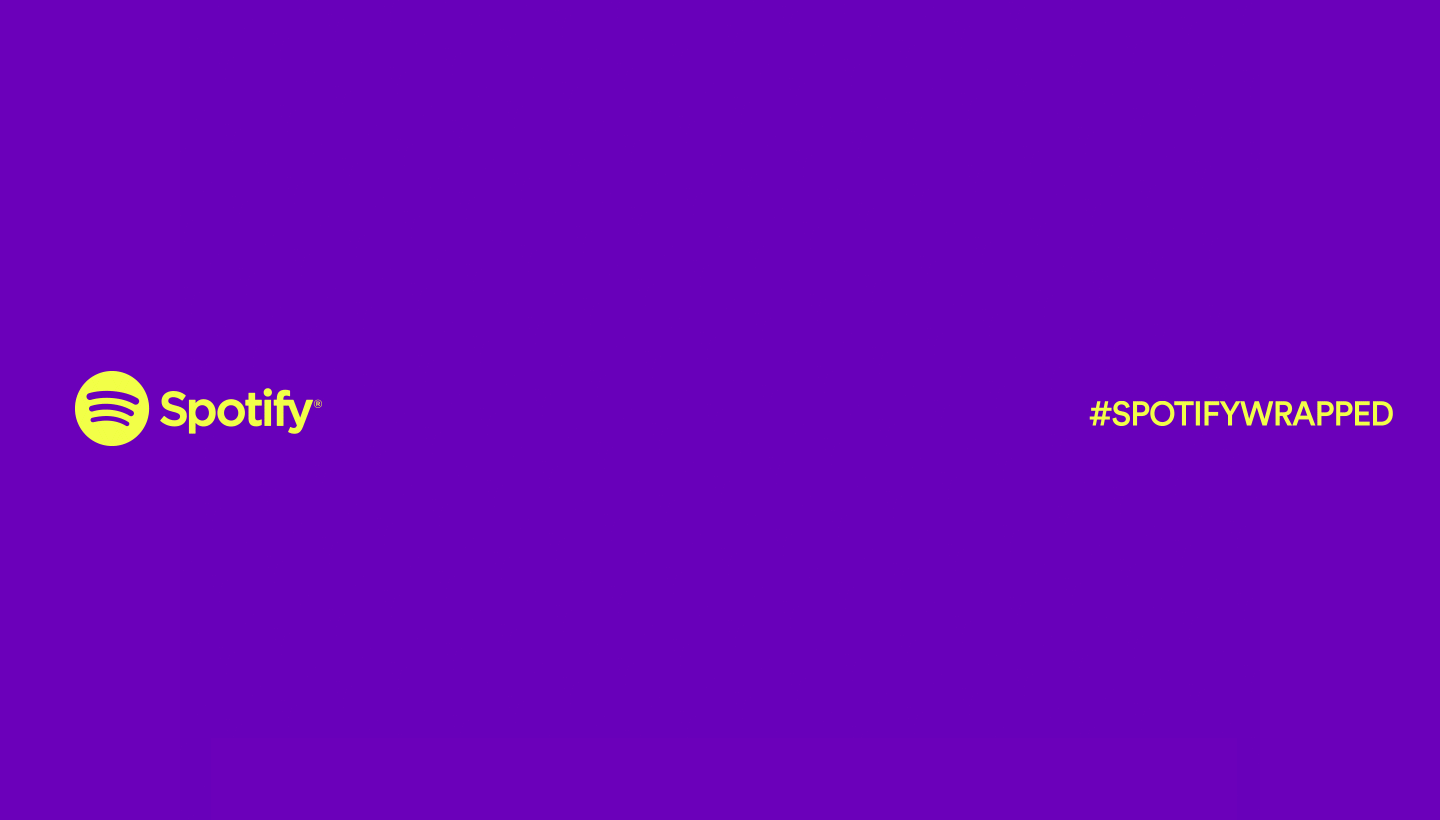
There’s no single way to define what a year 2022 has been. Coming back after a few years of uncertainty has led each of us to create a “new normal” in our relationships to culture—and to each other. This year, Spotify listeners especially took the chance to redefine how they find joy. And now, it’s time to unveil what the world collectively delighted in and obsessed over with Spotify’s 2022 Wrapped.
From the music that makes us dance to the podcasts that keep us riveted, this is the audio that bubbled to the top of Spotify listeners’ playlists.
The top global artists of 2022
It’s a three-peat for global recording artist Bad Bunny. The singer-songwriter is the year’s most-streamed artist in the world on Spotify—a spot he’s held since 2020. No other artist has ever accomplished the feat before, so to celebrate, we’ve turned the heart button on Spotify into the singer’s custom red-heart icon.
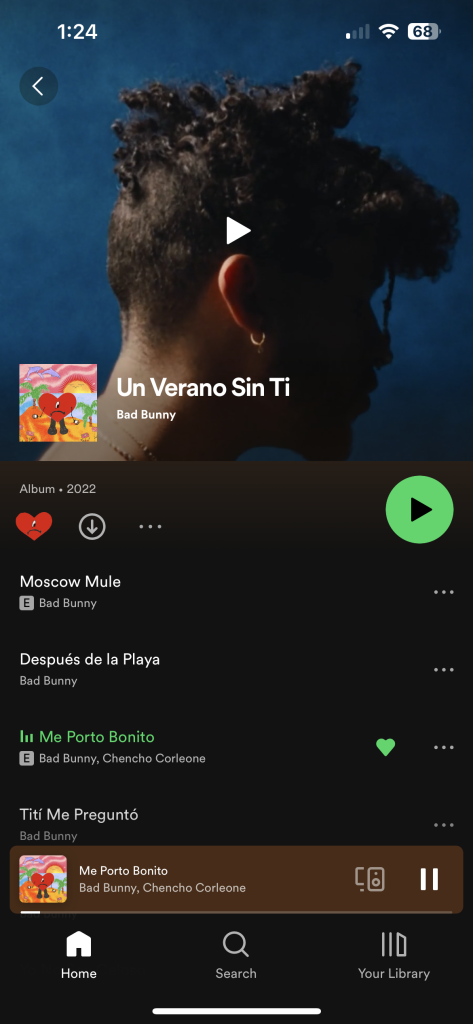
Taylor Swift held true to her invitation to meet her at midnight, and it propelled her to become the second-most-streamed artist of the year globally—and the top artist in Australia, the U.K., Ireland, Malaysia, the Philippines, New Zealand, Qatar, Slovenia, and Singapore. Rounding out the top five artists are the two very familiar Toronto powerhouses Drake and The Weeknd, along with K-Pop band BTS.
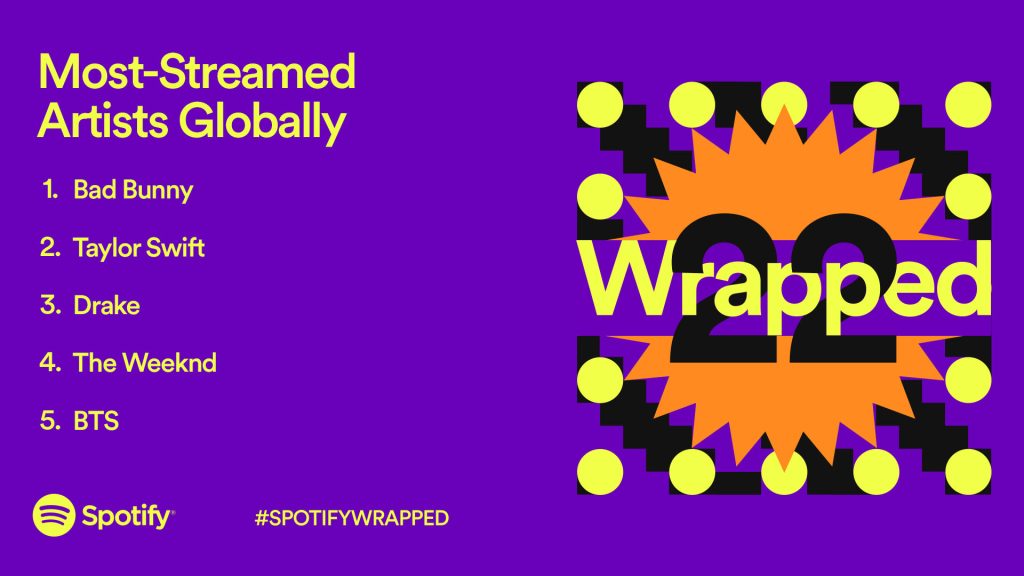
Plenty of artists had their worlds rocked this year by the power of social media. The most “viral” artists were those who had their music most frequently shared to social platforms from Spotify. Taylor Swift’s Midnights release certainly got the world talking, and she claims the top spot as the most viral artist globally. The second-place position goes to The Weeknd, followed by Bad Bunny. Rounding out spots four and five are BTS and Lana Del Rey.

The top global songs of 2022
Song of the summer 2022 creator Harry Styles takes the coveted honor of having the most-streamed song around the globe with his hit “As It Was.” British indie rock band Glass Animals’ track “Heat Waves” is the second-most-streamed song of 2022, and fans just can’t get enough. Australian artist The Kid LAROI’s collab with Justin Bieber on “STAY” is the third-most-streamed song of the year. Bad Bunny’s “Me Porto Bonito” feat. Chencho Corleon and “Tití Me Preguntó” take spots four and five, respectively.
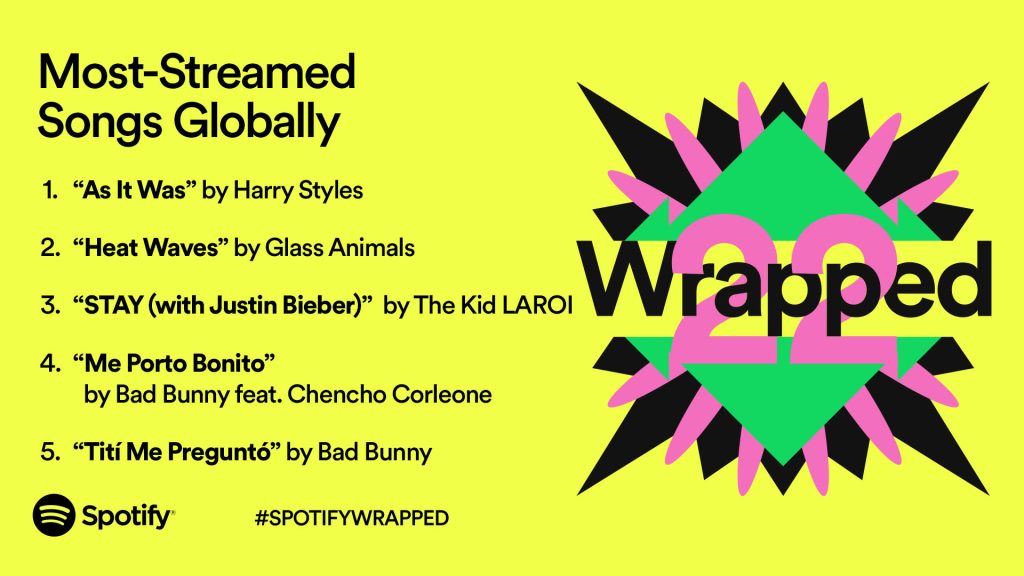
The top global albums of 2022
So what collective body of work, in album form, was streamed most in 2022? From Spanish to English, pop to hip-hop, listeners around the world showed a variety of tastes. Bad Bunny’s Un Verano Sin Ti takes the top spot for most-streamed album globally for 2022. Harry Styles‘ Harry’s House comes in at number two. Olivia Rodrigo’s debut album, SOUR, takes the third spot for most-streamed album. British pop superstar Ed Sheeran’s album = continues to be a fan favorite at number four. And finally, American rapper and singer Doja Cat’s album Planet Her (Deluxe) grabs the fifth spot.
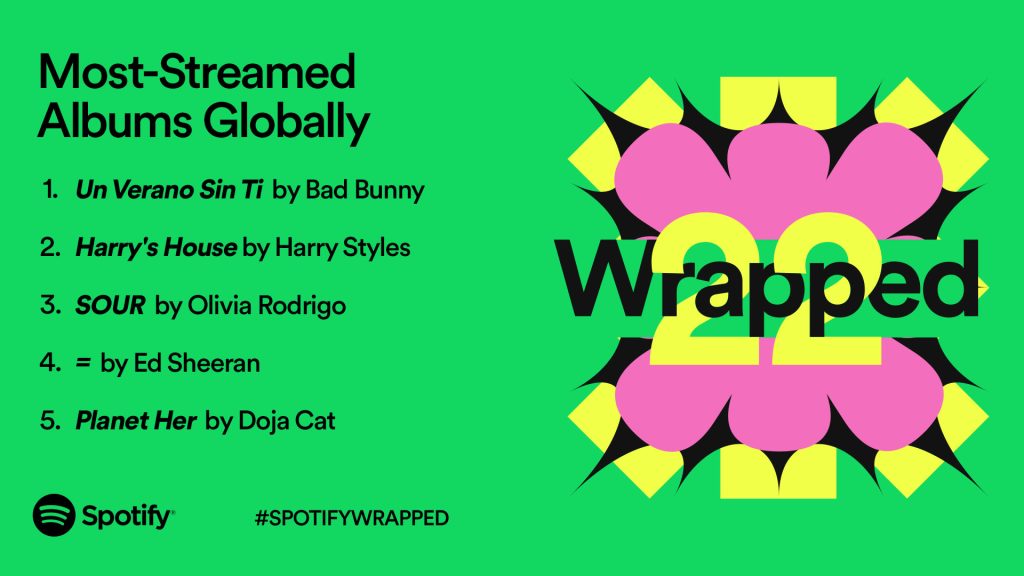
The top global podcasts of 2022
This year, Spotify’s podcast offerings expanded into new markets, providing more listeners around the world with new shows to binge. With more than four million podcasts, the platform offers something for every type of podcast listener. But what shows especially made their mark in 2022? Globally, the most popular podcast for the third year running is The Joe Rogan Experience. Call Her Daddy, from host Alex Cooper, takes the spot for second-most popular podcast. Anything Goes with Emma Chamberlain, a soon-to-be-Spotify Exclusive touching on a variety of topics from the popular American creator, takes the third spot, while Caso 63, a Spotify Original podcast that’s debuted in Spanish, Brazilian Portuguese, Hindi, and English takes the fourth spot with all its language iteration feeds combined. Crime Junkie, a true-crime podcast from Ashley Flowers and Brit Prawat, rounds out the list as the fifth-most popular podcast.
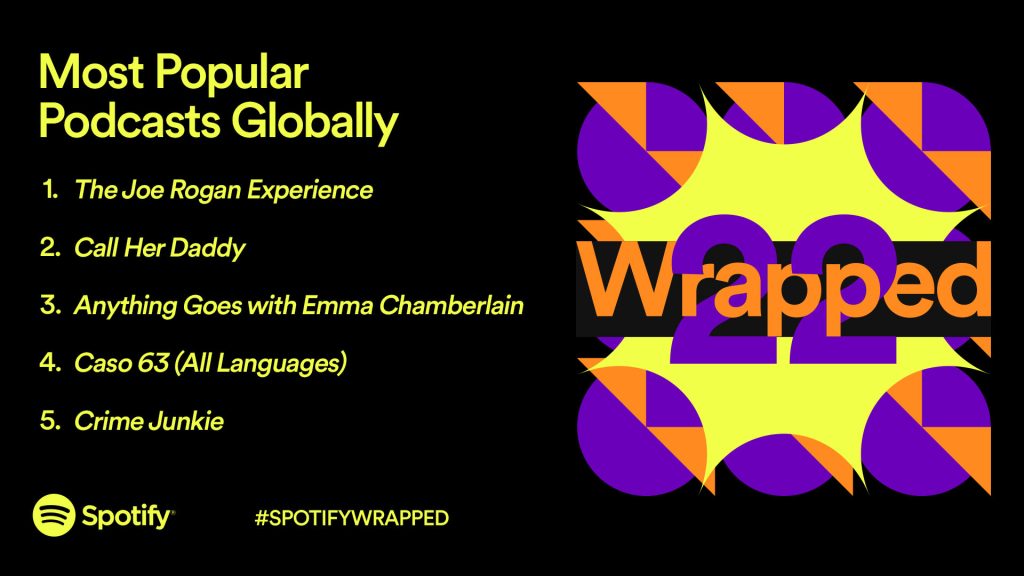
The global trends that shaped our year
These most-streamed artists, songs, albums, and podcasts weren’t the only guideposts that shaped our year. There were also audio trends on Spotify that brought people together through laughter, amusement, and enjoyment.
Nostalgia remains a staple in our listeners’ queues.
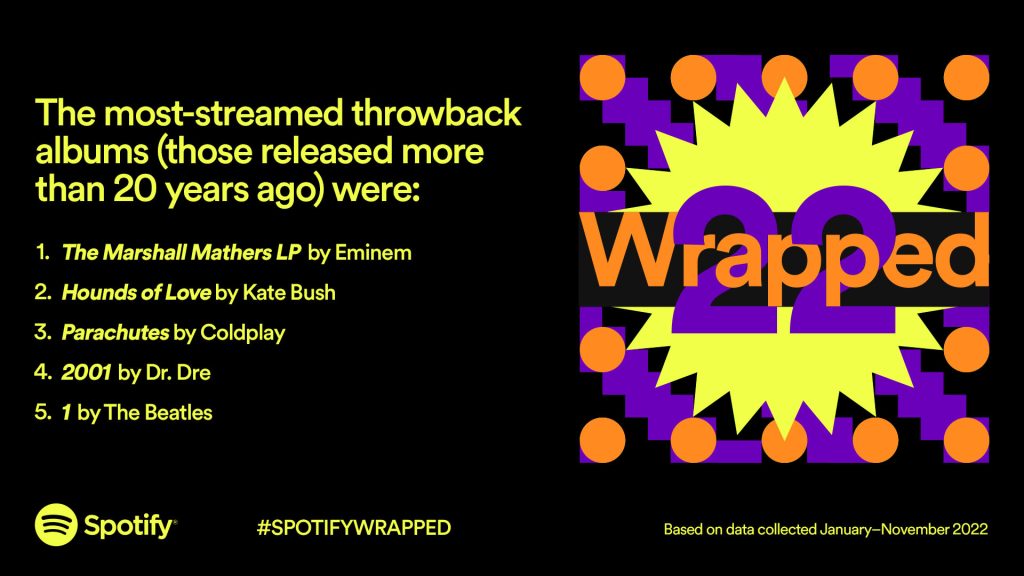

This year, Spotify fans were all about the aesthetic.


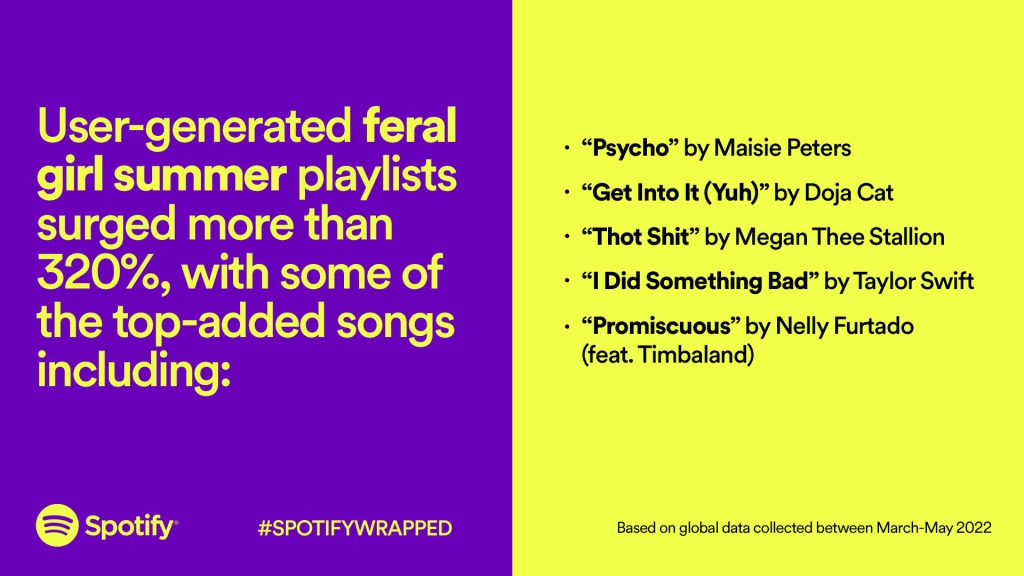
After two years of pandemic postponement, 2022 was the year for many to finally say, “I do.”
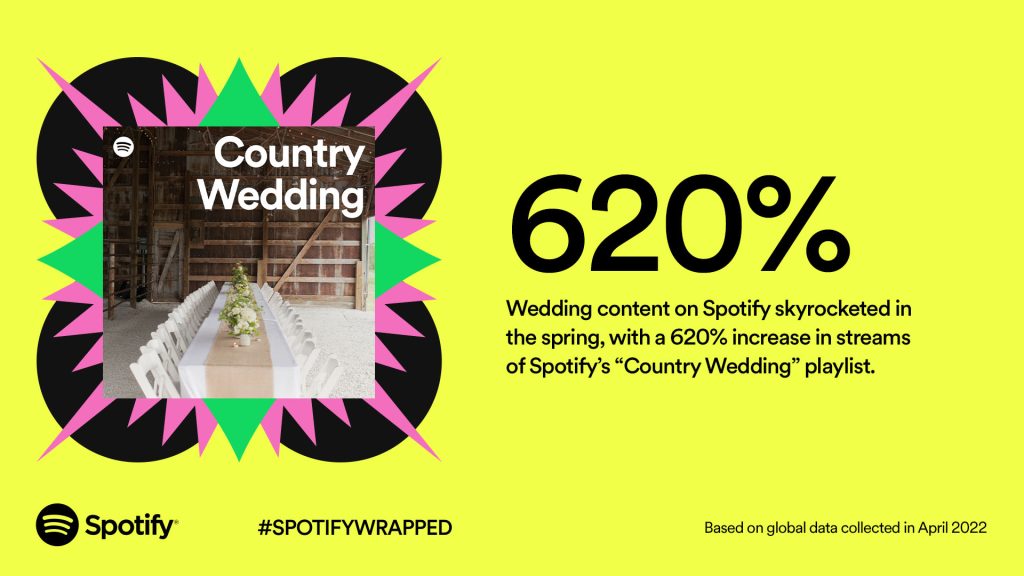
Little Miss, the British children’s book character, made a resurgence in 2022 with fill-in-the-blank-style memes. May we suggest “Little Miss can’t stop posting her Wrapped results”?

But a new topic that surprised everyone was corn, thanks to corn kid.
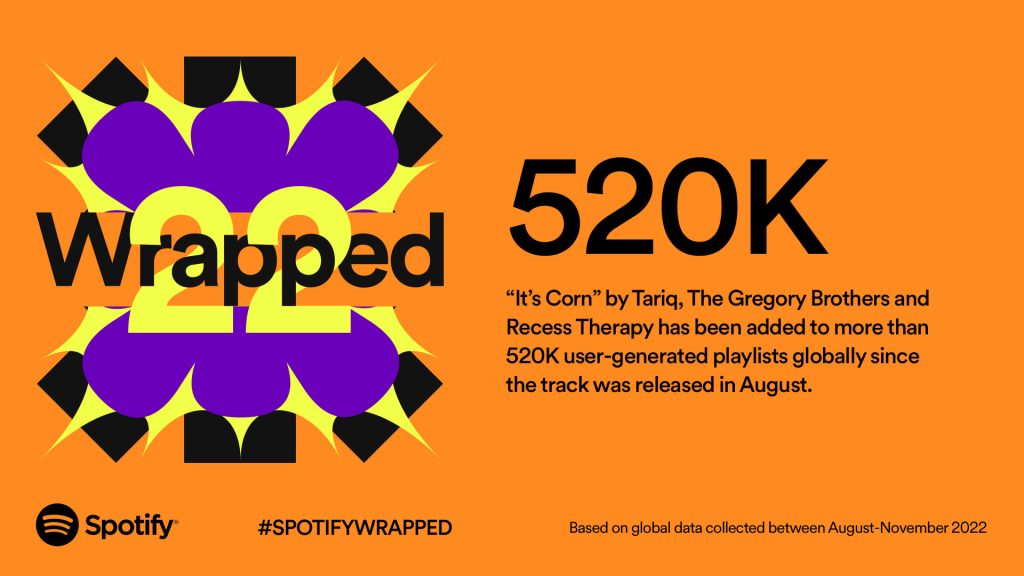
And, of course, our listeners really know their shows and movies.
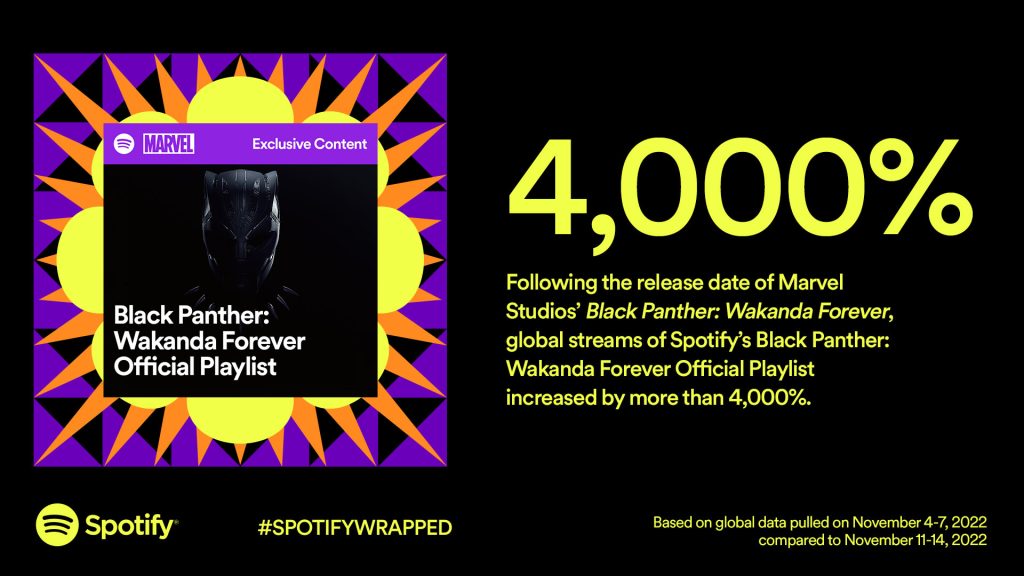

And their memes.
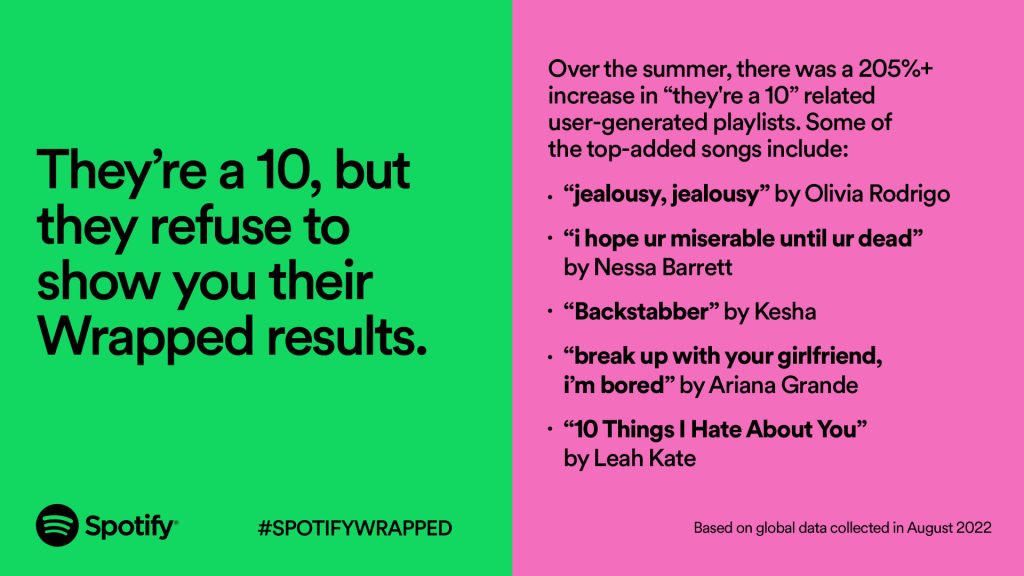
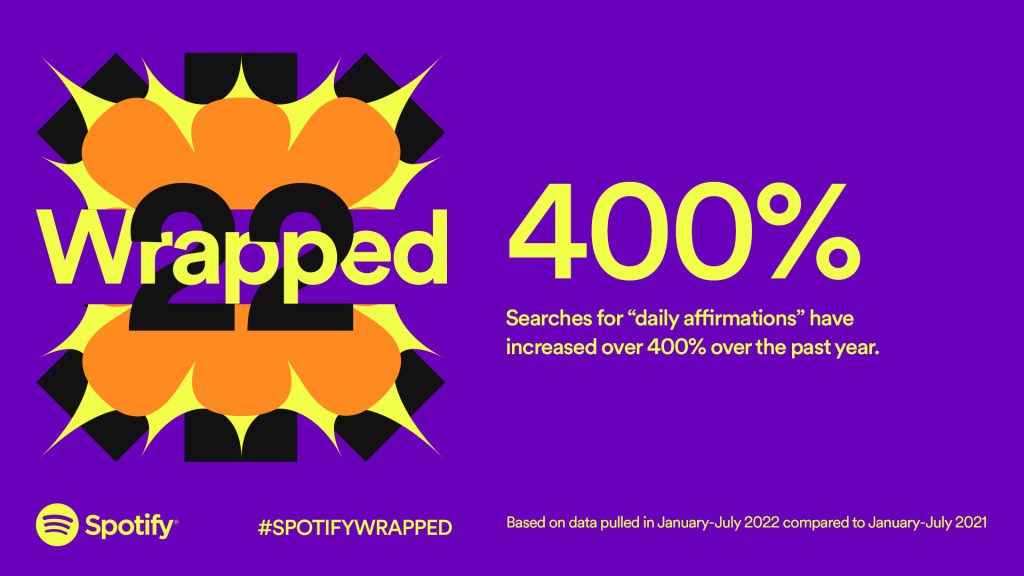
Have you checked out your own Wrapped yet? Do these artists, songs, albums, podcasts, and trends make an appearance in your end-of-year experience? Find out more about what we have in store specifically for you here.
As we bid farewell to 2022, you can find the full lists of the top songs, artists, albums, and podcasts below.
Most-Streamed Artists Globally
- Bad Bunny
- Taylor Swift
- Drake
- The Weeknd
- BTS
Most-Streamed Artists in the U.S.
- Drake
- Taylor Swift
- Bad Bunny
- Kanye West
- The Weeknd
Most-Streamed Albums Globally
- Un Verano Sin Ti by Bad Bunny
- Harry’s House by Harry Styles
- SOUR by Olivia Rodrigo
- = by Ed Sheeran
- Planet Her by Doja Cat
Most-Streamed Albums in the U.S.
- Un Verano Sin Ti by Bad Bunny
- Harry’s House by Harry Styles
- Dangerous: The Double Album by Morgan Wallen
- Midnights by Taylor Swift
- SOUR by Olivia Rodrigo
Most-Streamed Songs Globally
- “As It Was” by Harry Styles
- “Heat Waves” by Glass Animals
- “STAY (with Justin Bieber)” by The Kid LAROI
- “Me Porto Bonito” by Bad Bunny feat. Chencho Corleon
- “Tití Me Preguntó” by Bad Bunny
Most-Streamed Songs in the U.S.
- “As It Was” by Harry Styles
- “Heat Waves” by Glass Animals
- “Bad Habit” by Steve Lacy
- “Me Porto Bonito” by Bad Bunny feat. Chencho Corleon
- “First Class” by Jack Harlow
Most Popular Podcasts Globally
- The Joe Rogan Experience
- Call Her Daddy
- Anything Goes with Emma Chamberlain
- Case 63 (All Languages)
- Crime Junkie
Most Popular Podcasts in the U.S.
- The Joe Rogan Experience
- Call Her Daddy
- Crime Junkie
- The Daily
- Armchair Expert with Dax Shepard







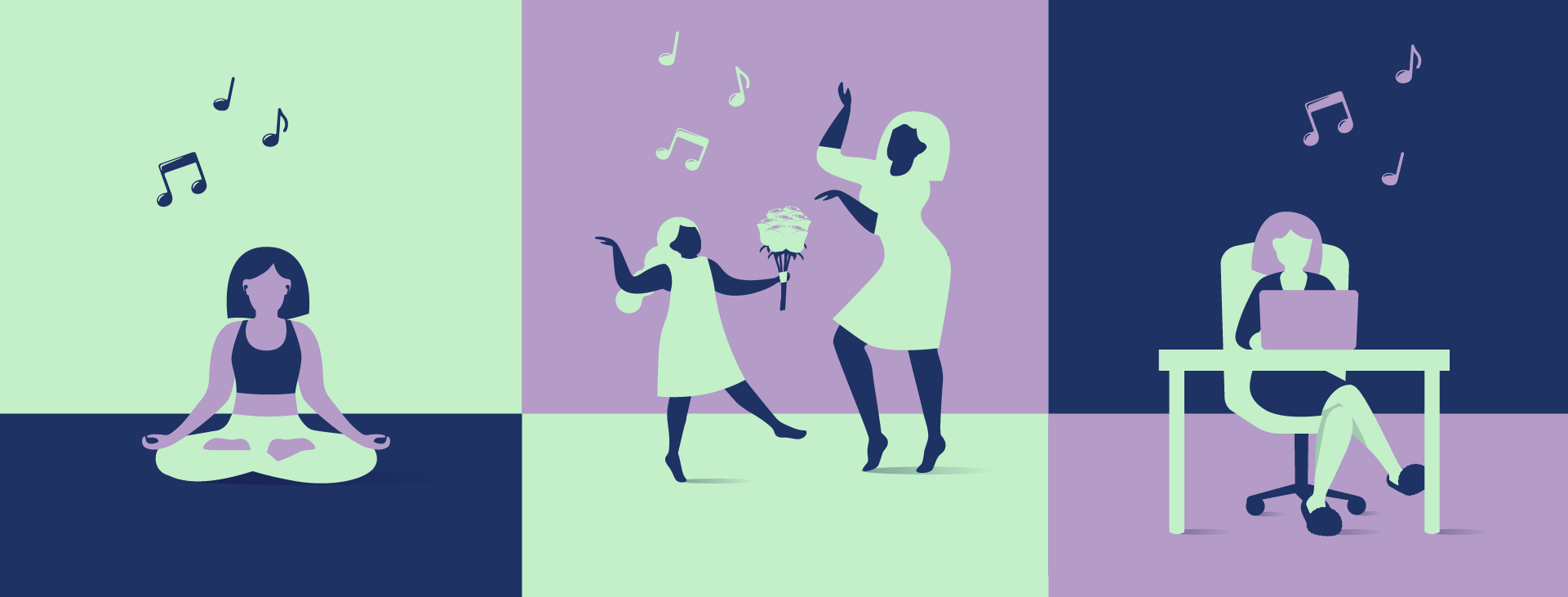
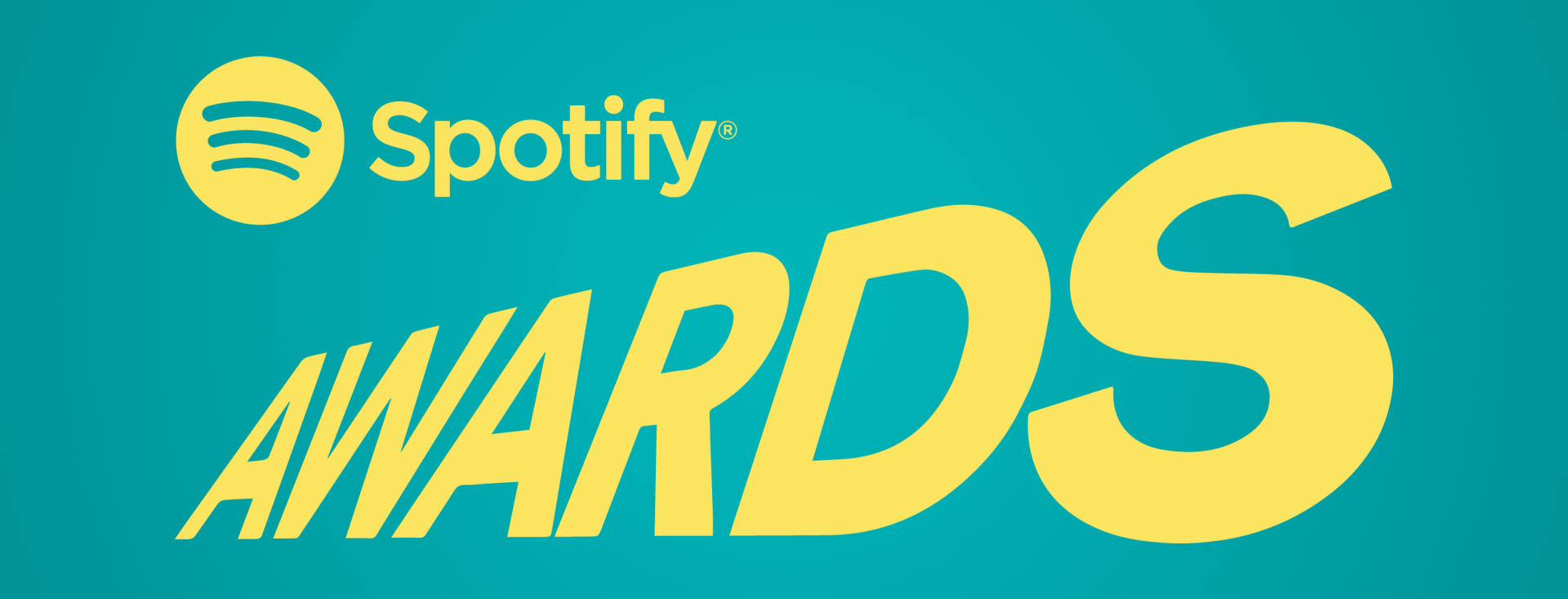
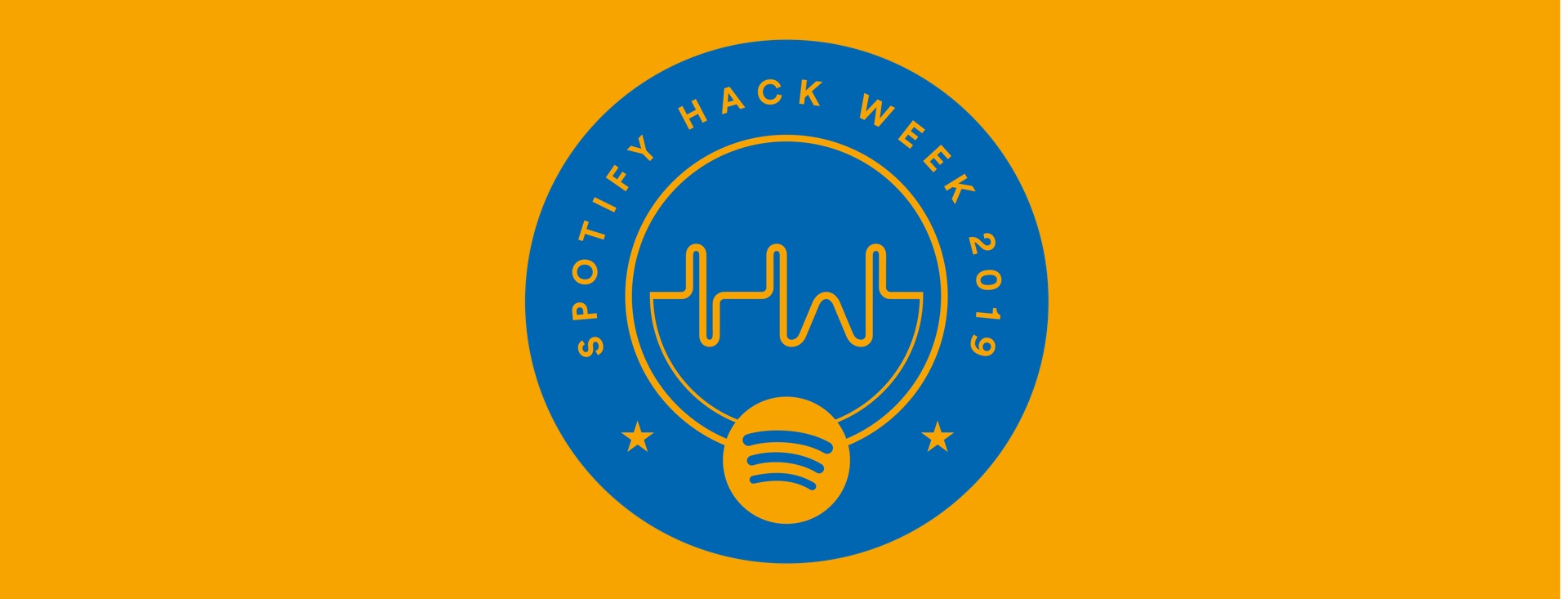
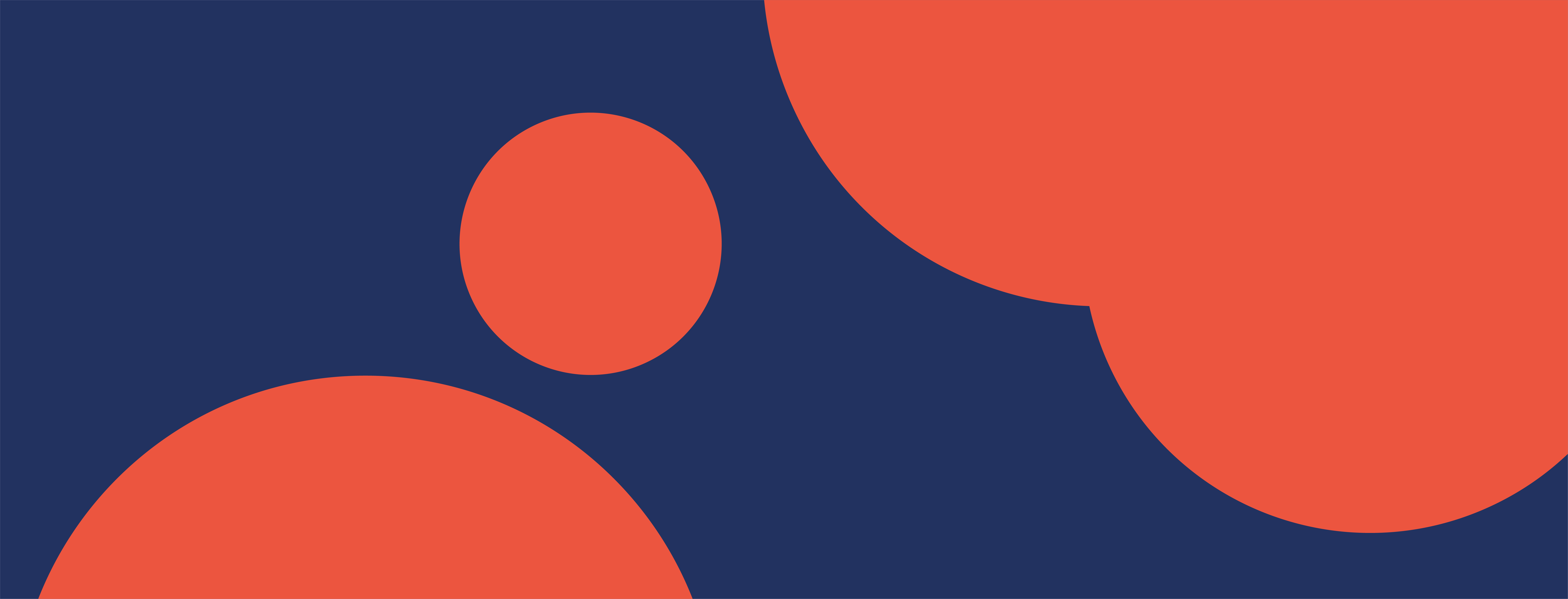
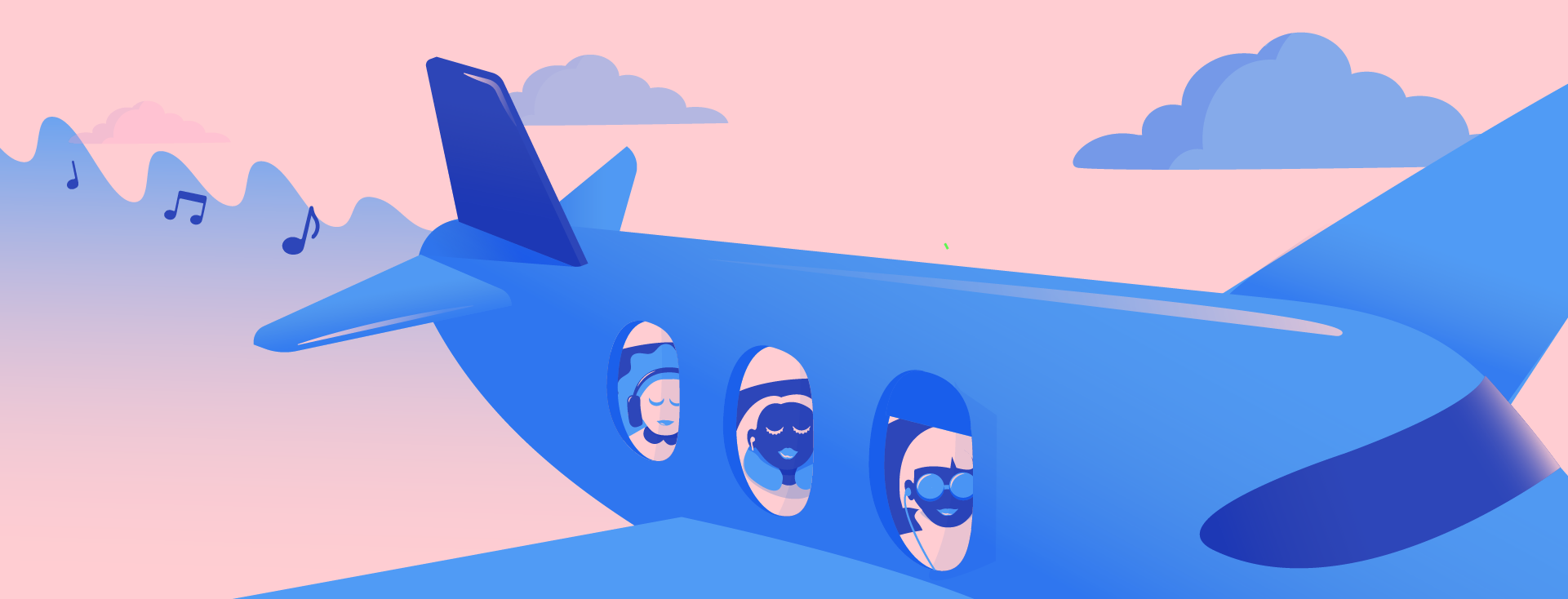


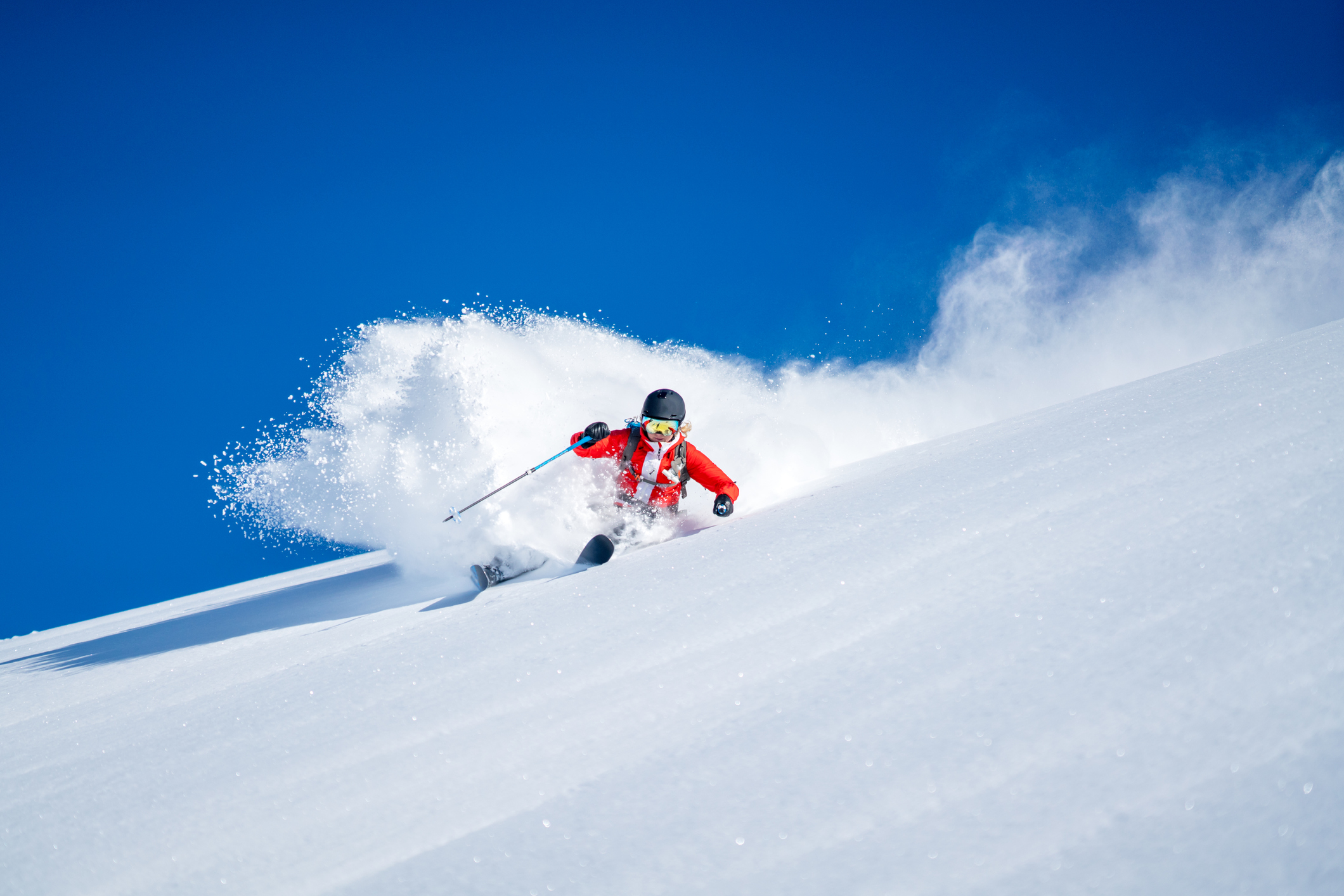

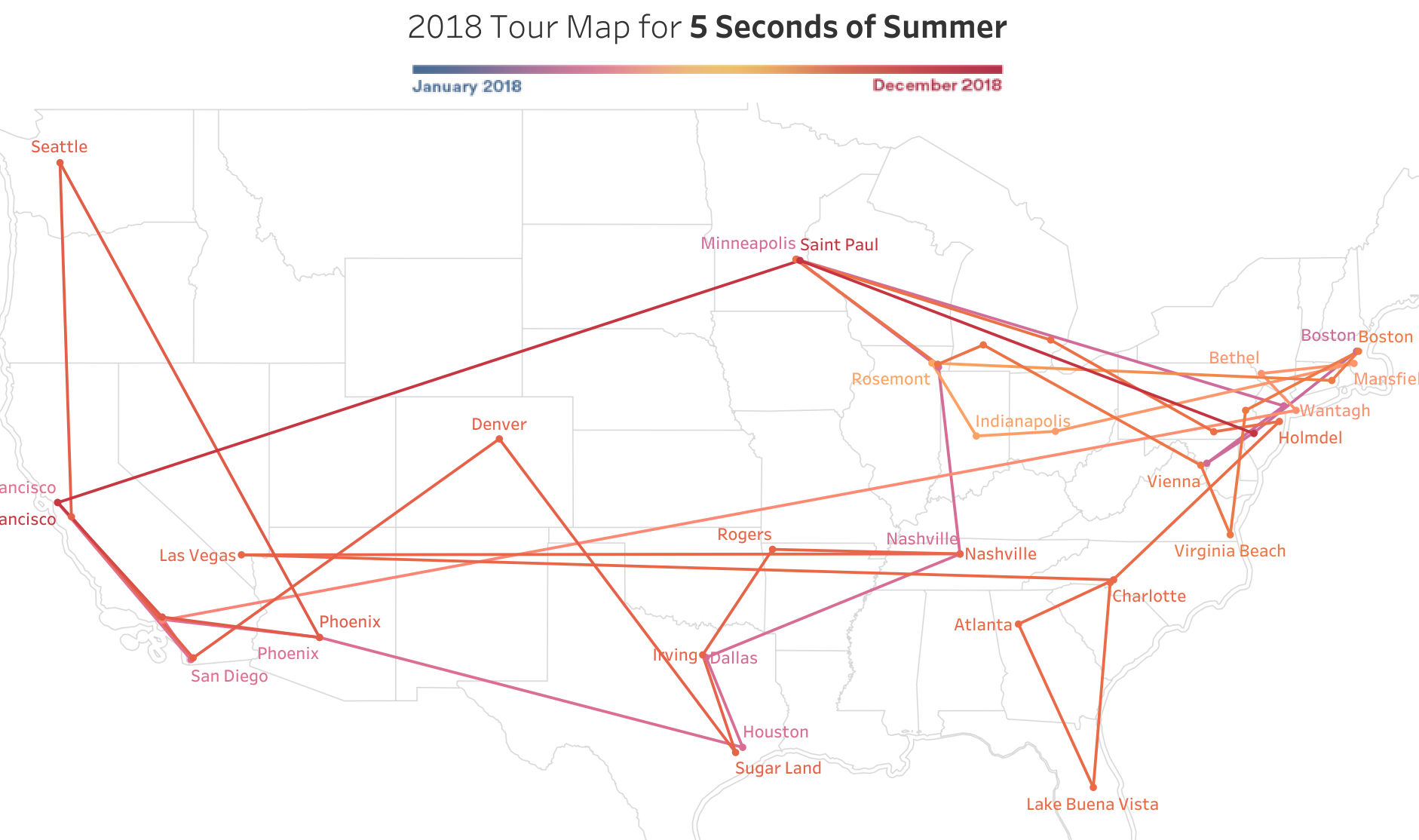
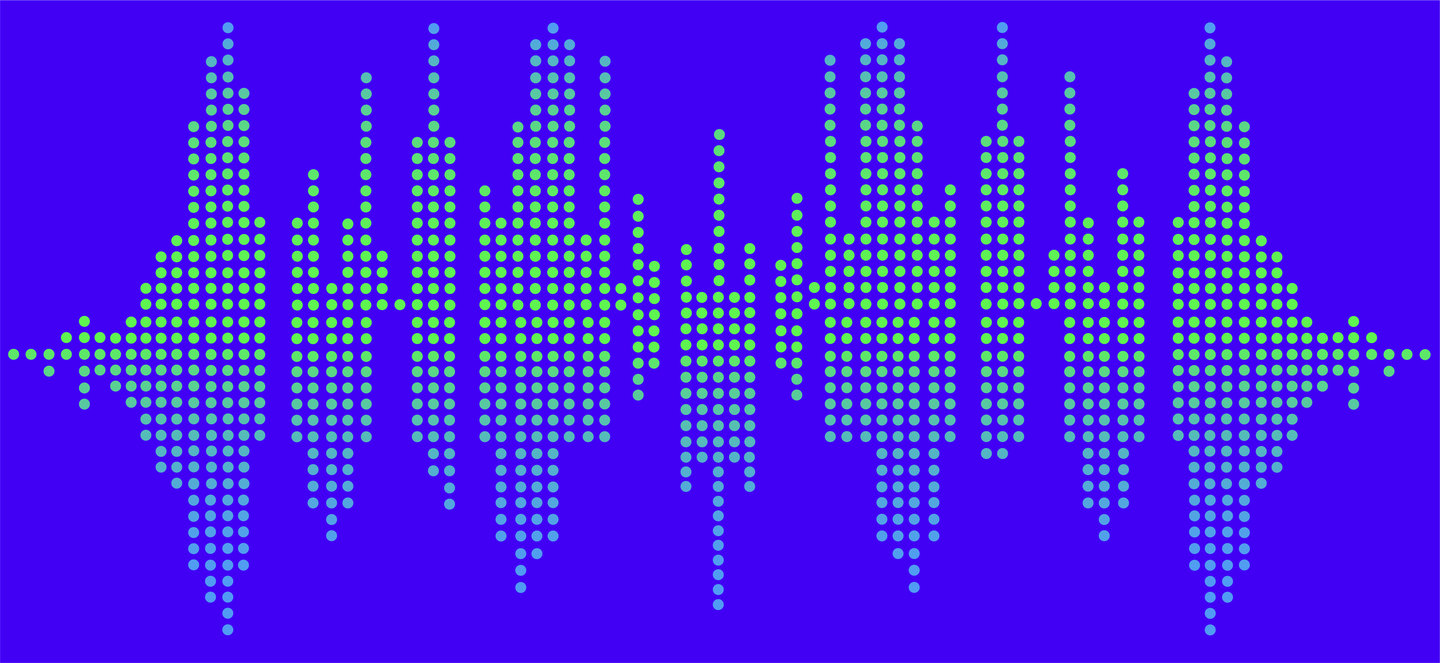




Recent Comments